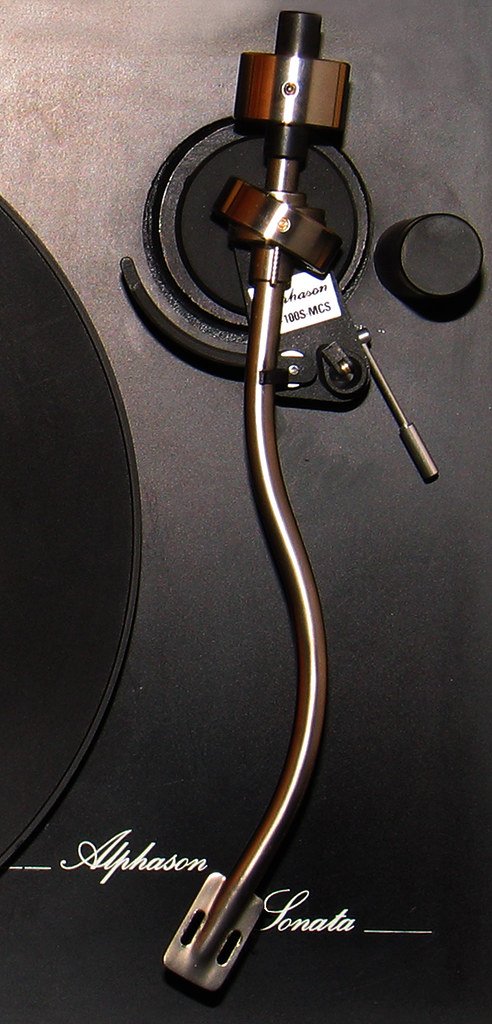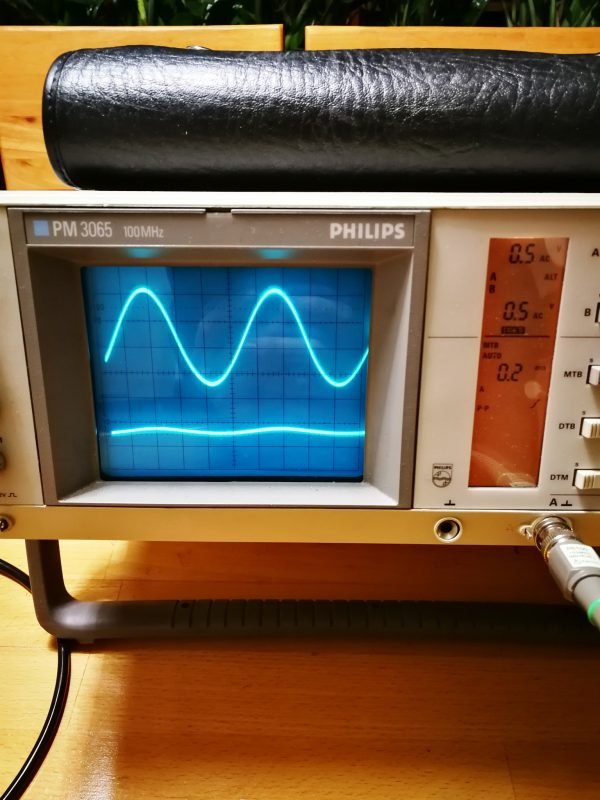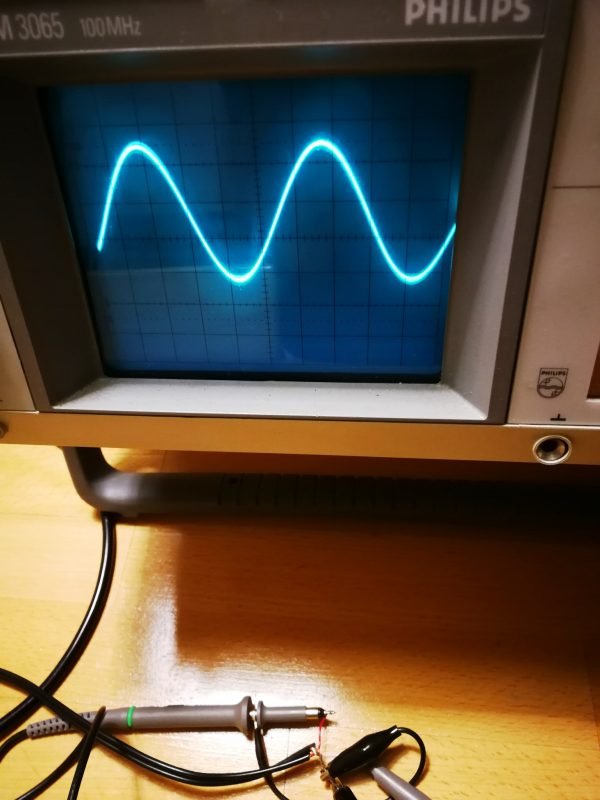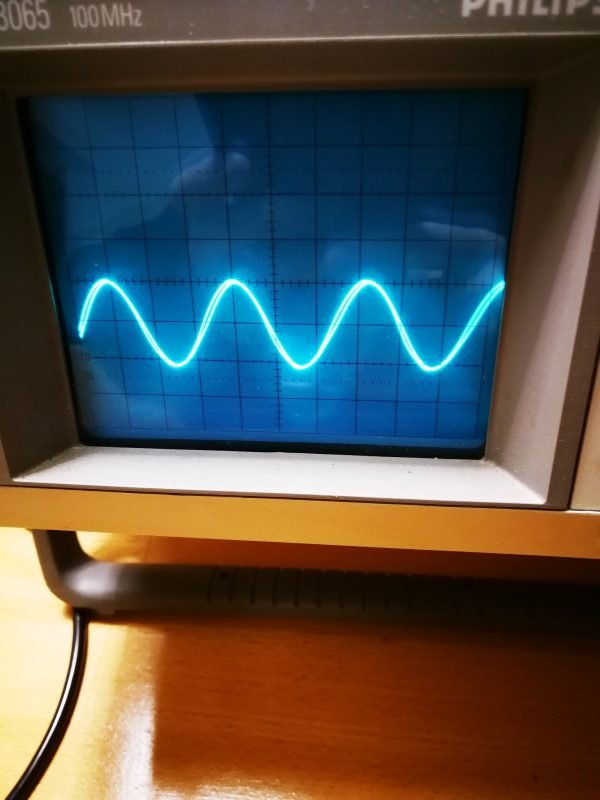May I respectfully suggest that you prepare a technical counter to my claims so that we can have something to discuss? I'm not sure the argument from authority approach will offer that to us. I have no doubt you are a qualified person. I just am having trouble understanding your complaint about the approach as I've laid out.Actually, They hired you and bought your kit so that they can see how it relates to what you’re doing.
In younger days I served as an associate technical editor for Kinematics, Dynamics, and Design professional journals.
Two things. First, they’re listening and buying in order to understand how what you’re doing relates to their approach.
Second, in a racing vehicle, which is equivalent to a high end TT, alignment is not cut and dried as you assume. There are compromises that must be made. And the suggested setting is a starting point for experiments
FWIW, I have served as an editor and have published in US and International professional journals for kinematics, dynamics, and mechanical design. I’ve supervised several doctoral dissertations in these areas. I do understand the physical issues.
*It seems* that you'd rather not do the measurements and simply trust your ears with respect to anti-skating. My point was that the analog playback environment is a multivariate one and any change to one parameter will impact others so what are you really hearing and impacting and how can you know that improving one thing didn't cause a slight deterioration elsewhere? The highly consistent feedback I've received from many, many customers and clients suggests I'm on to something with regards to use of the WallySkater.
Seriously, I'm not trying to start an argument. I'm just trying to understand your resistance. Given your professional background, I'm interested to know.











